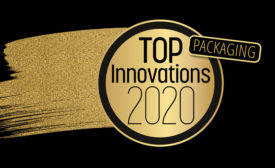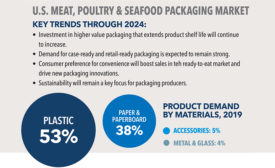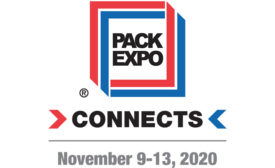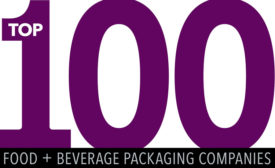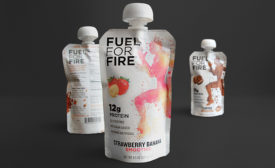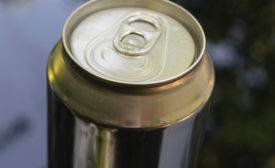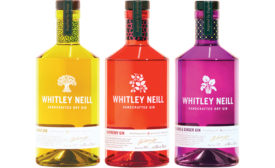Special Reports
Spotlight
Despite being a particularly tough year, there have been many packaging firsts from 2020. Here are the top 10.
Read More
ADVERTISEMENT
The Promise of Connected Packaging: From brand protection to consumer engagement
An unfolding revolution in digital packaging creates a trifecta of opportunity for brand owners
September 14, 2020
Spotlight Feature
2020 Top 100 Food and Beverage Packaging Companies
Recent trends in the Food and Beverage sector have come out of the coronavirus pandemic.
August 4, 2020
Spotlight Feature
Packaging Outlook 2020: Collaboration, Innovation, Flexibility
Consumer packaged goods manufacturers, retailers and OEMs are finding new growth with partner collaborations.
March 20, 2020

